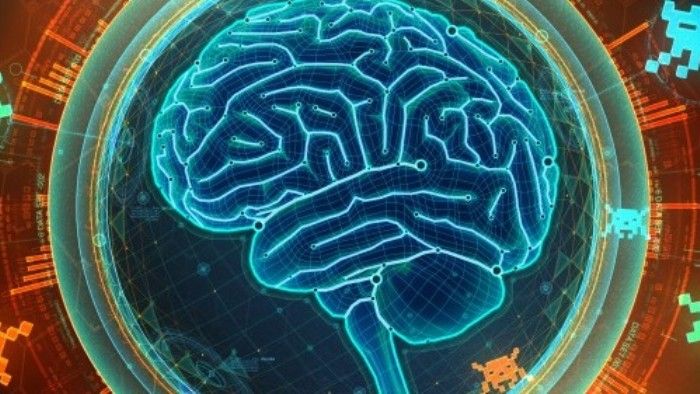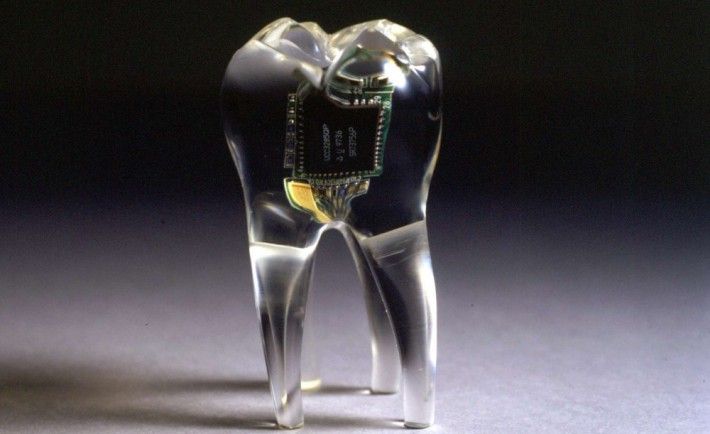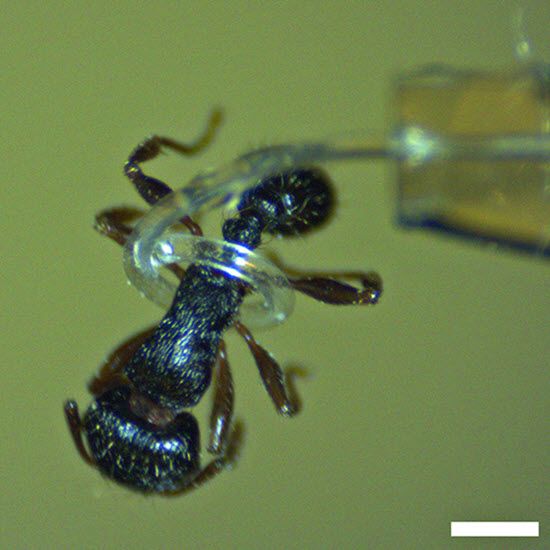Page 11768
Jun 23, 2015
Micro-tentacles for tiny robots can handle delicate objects like blood vessels
Posted by Sean Brazell in categories: biotech/medical, futurism, nanotechnology, robotics/AI
We are quickly approaching the point at which medical (and industrial) nanotech lives up to the hype!
Jun 23, 2015
Is Photon Based Propulsion, the Future?
Posted by Benjamin T. Solomon in categories: anti-gravity, defense, general relativity, gravity, innovation, particle physics, physics, quantum physics, science, space travel
I first met Dr. Young Bae, NIAC Fellow, at the Defense Advanced Research Projects Agency (DARPA) sponsored 2011, 100 Year Starship Study (100YSS) at Orlando, Fla. Many of us who were there had responded to the NASA/DARPA Tactical Technology Office’s RFP to set up an organization “… to develop a viable and sustainable non-governmental organization for persistent, long-term, private-sector investment into the myriad of disciplines needed to make long-distance space travel viable …”
Yes, both DARPA and NASA are at some level interested in interstellar propulsion. Mine was one of approximately 35 (rumored number) teams from around the world vying for this DARPA grant, and Dr. Bae was with a competing team. I presented the paper “Non-Gaussian Photon Probability Distributions”, and Dr. Bae presented “A Sustainable Developmental Pathway of Photon Propulsion towards Interstellar Flight”. These were early days, the ground zero of interstellar propulsion, if you would.
Dr. Bae has been researching Photon Laser Thrust (PLT) for many years. A video of his latest experiment is available at the NASA website or on YouTube. This PLT uses light photons to move an object by colliding with (i.e. transferring momentum to) the object. The expectation is that this technology will eventually be used to propel space crafts. His most recent experiments demonstrate the horizontal movement of a 1-pound weight. This is impressive. I expect to see much more progress in the coming years.
At one level, Dr. Bae’s experiments are confirmation that Bill Nye’s Light Sail (which very unfortunately lost communications with Earth) will work.
Continue reading “Is Photon Based Propulsion, the Future?” »
Jun 23, 2015
The Feasibility of Interstellar Propulsion
Posted by Benjamin T. Solomon in categories: cosmology, defense, disruptive technology, general relativity, gravity, innovation, particle physics, philosophy, physics, policy, quantum physics, space travel
Recent revelations of NASA’s Eagleworks Em Drive caused a sensation on the internet as to why interstellar propulsion can or cannot be possible. The nay sayers pointed to shoddy engineering and impossible physics, and ayes pointed to the physics of the Alcubierre-type warp drives based on General Relativity.
So what is it? Are warp drives feasible? The answer is both yes and no. Allow me to explain.
The empirical evidence of the Michelson-Morley experiment of 1887, now known as the Lorentz-FitzGerald Transformations (LFT), proposed by FitzGerald in 1889, and Lorentz in 1892, show beyond a shadow of doubt that nothing can have a motion with a velocity greater than the velocity of light. In 1905 Einstein derived LFT from first principles as the basis for the Special Theory of Relativity (STR).
So if nothing can travel faster than light why does the Alcubierre-type warp drive matter? The late Prof. Morris Klein explained in his book, Mathematics: The Loss of Certainty, that mathematics has become so powerful that it can now be used to prove anything, and therefore, the loss of certainty in the value of these mathematical models. The antidote for this is to stay close to the empirical evidence.
Continue reading “The Feasibility of Interstellar Propulsion” »
Jun 23, 2015
Accelerated modern human–induced species losses: Entering the sixth mass extinction | Science Advances
Posted by Odette Bohr Dienel in categories: education, environmental, ethics, governance, law enforcement, science, security
“The evidence is incontrovertible that recent extinction rates are unprecedented in human history and highly unusual in Earth’s history. Our analysis emphasizes that our global society has started to destroy species of other organisms at an accelerating rate, initiating a mass extinction episode unparalleled for 65 million years. If the currently elevated extinction pace is allowed to continue, humans will soon (in as little as three human lifetimes) be deprived of many biodiversity benefits.”
Jun 23, 2015
Google DeepMind Teaches Artificial Intelligence Machines to Read — arXiv | Technology Review
Posted by Seb in category: robotics/AI

“A revolution in artificial intelligence is currently sweeping through computer science. The technique is called deep learning and it’s affecting everything from facial and voice to fashion and economics. But one area that has not yet benefitted is natural language processing—the ability to read a document and then answer questions about it…Today, that changes thanks to the work of Karl Moritz Hermann at Google DeepMind in London and a few pals. These guys say the special way that the Daily Mail and CNN write online news articles allows them to be used in this way.” Read more
Jun 23, 2015
Why Scientists Have Been Scared of Space Germs for Almost 50 Years
Posted by Matthew Holt in categories: biotech/medical, space
The 1967 Outer Space Treaty was one of the few things the U.S. and the Soviet Union managed to agree on at the height of the Cold War. Among other things, it forbid both nations from bringing space microbes back to Earth, or spreading Earth germs to other planets.
Jun 22, 2015
How Transhumanist Tech Will Correct Reality’s Typos
Posted by Zoltan Istvan in categories: futurism, neuroscience, transhumanism
My new story for Vice Motherboard on how in the near future we will edit our realities to suit our tastes and desires:
Jun 22, 2015
Unveiling the ancient climate of Mars By Larry O’Hanlon | Harvard Gazette
Posted by Odette Bohr Dienel in categories: astronomy, science, space travel
“The high seas of Mars may never have existed. According to a new study that looks at two opposite climate scenarios of early Mars, a cold and icy planet billions of years ago better explains the water drainage and erosion features seen today.”
Tag: Mars
Jun 22, 2015
Top 10 Implantable Wearables Soon To Be In Your Body — Laurenti de’ Medici WT Vox
Posted by Seb in category: biotech/medical

Wearables. A growing trend with very soon to have their “moment in the sun” but I am a firm believer that wearable technology is simply a transition technology. Technology must and will soon move from existing outside our bodies to residing inside us. That is the future of wearables, the next big frontier.
Here we have top 10 implantable technologies rapidly growing, soon to be part of your life (and your body) Read more













